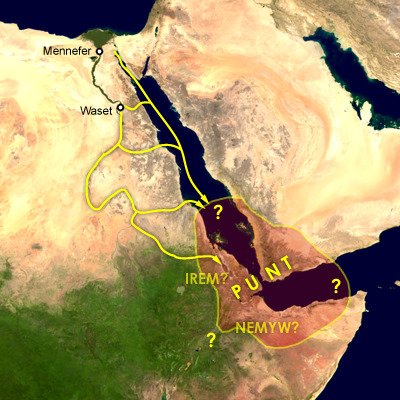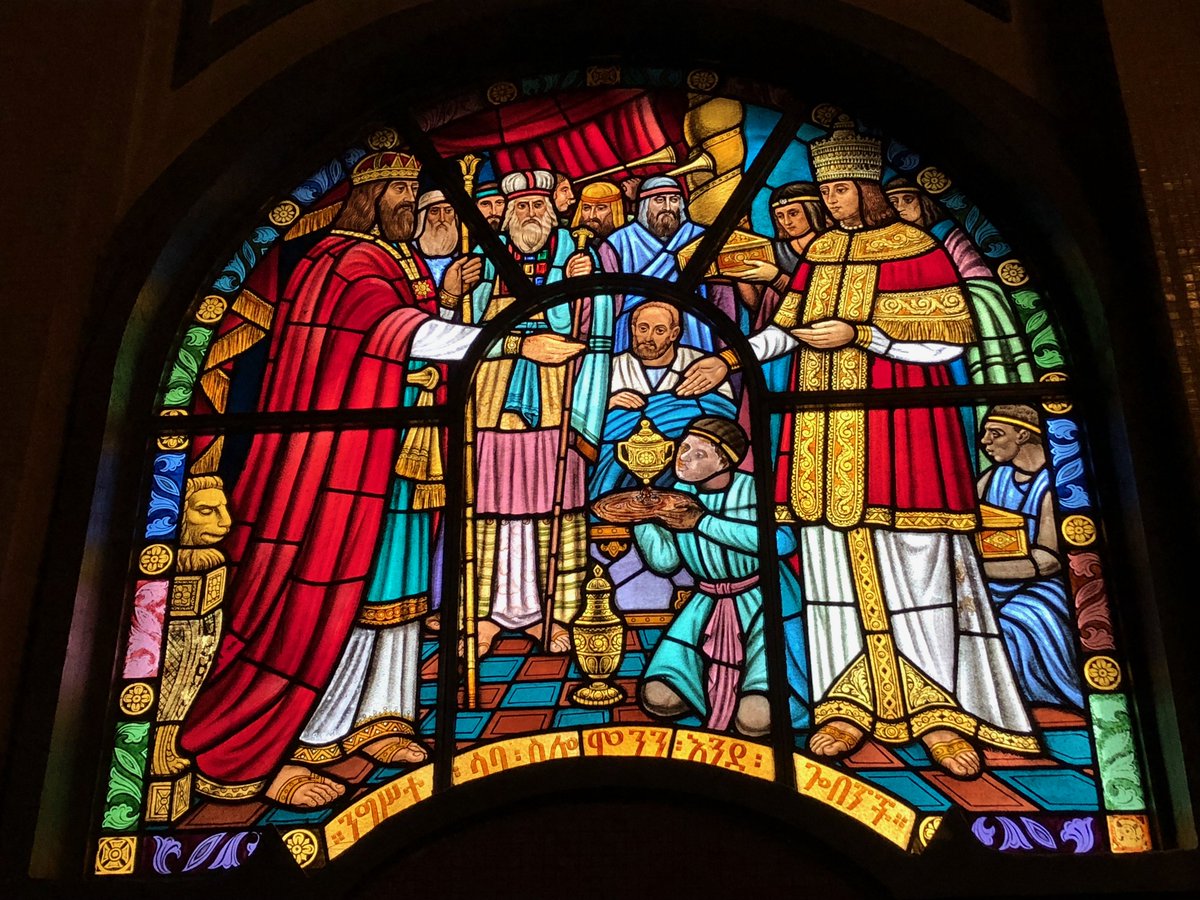Kahneman begins by introducing the mind’s two modes of thought.
System 1 is automatic, fast, unconscious & effortless.
System 2 is deliberate, slow, conscious & effortfull.
The first accounts for around 95% of all our mental processing. The second, 5%.
To operate efficiently, System 1 uses shortcuts to produce “good enough” solutions whilst expending as little time & energy as possible.
This creates imperfections in human decision making that economists, and their rational-agent perspective, rarely account for.
Here’s 12:
01: Priming
System 1 is an associative machine. When presented with a word such as “lime”, it will easily generate others, such as “green” or “sour”.
This makes us susceptible to priming, in which a common association is invoked to move us in a given direction.
02: Cognitive Ease
System 1 welcomes information which is more easily processed.
Cognitive ease can arise from repetition and simplicity. Even falsehoods will be accepted if they are simple and familiar enough to be effortlessly processed.
03: Answering an Easier Question
When presented with a question that we find difficult to answer, our system 1 will search for similar questions that it finds easier to answer.
04: Law of Small Numbers
Our system 1 intuitively expects small samples to be more broadly representative than they are.
Whilst we know large sequences of trials will converge to an expected result, we apply undue meaning to coincidental sequences in a small number of trials.
05: Anchoring and Adjustment
If we are presented with one number and are then asked to estimate another our intuitive system 1 will use the initial figure, even if it’s entirely unrelated, and adjust its estimate up or down from this point.
06: Availability Bias
We tend to give greater importance to information that our system 1 finds most readily available.
We apply greater weight to that which comes most easily to mind.
07: Representative Heuristic
When assessing the chance that object A (e.g. James) belongs to class B (e.g. lawyers), our system 1 judges how closely A represents a stereotype of B rather than applying a more statistical approach (e.g. what percent of the population are lawyers).
08: Endowment Effect
People are more likely to retain an object they own than acquire that same object when they do not own it.
This effect bares similarity to loss aversion, which states people tend to prefer avoiding losses more than acquiring gains of an equivalent value.
09: Sunk Cost Fallacy
Economists argue that costs that have already been incurred are not relevant to future rational decision-making.
Despite this, system 1 demonstrates a greater tendency to continue an endeavor if an investment in money, effort or time has been already made.
10: Prospect Theory
Imagine a court case. If you’ve a high chance of a big gain, or a low chance of a big loss, you will be risk averse & accept a settlement.
If you’ve a high chance of a big loss, or a low chance of a big gain, you will be risk seeking & reject a settlement.
11: Recency Bias
People tend to give greater importance to the most recent in a series of events.
A vacation that starts badly but has a pleasant ending is likely to be remembered favorably.
12: Peak–end Rule
We tend to judge an experience largely based on how we felt at its peak (the most intense point) and how we felt at its end (the most recent point).
We don’t judge experiences based on a rational average of every moment within them.
Whilst I’ve concentrated this summary on the mind’s 2 systems, Kahneman also covers the 2 species (econs & humans) and the 2 selves (the experiencing self & the remembering self).
Pick yourself up a copy here:
https://t.co/zYsqKqTdnO Highly recommended.



